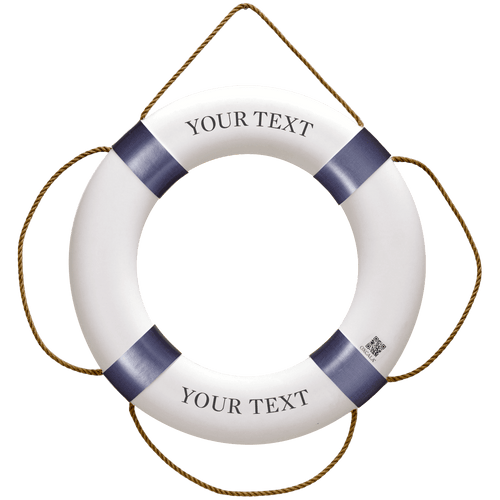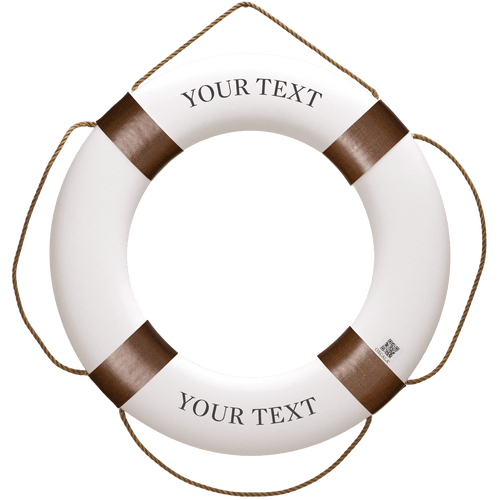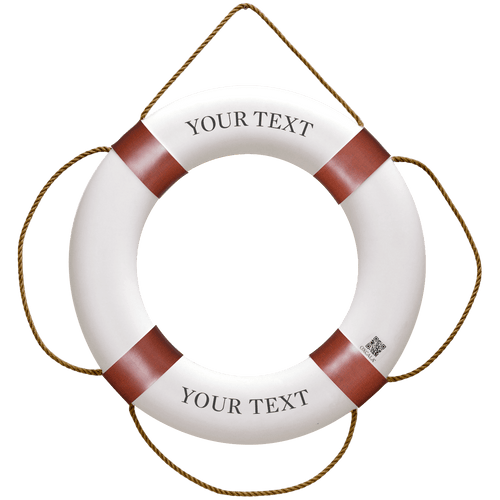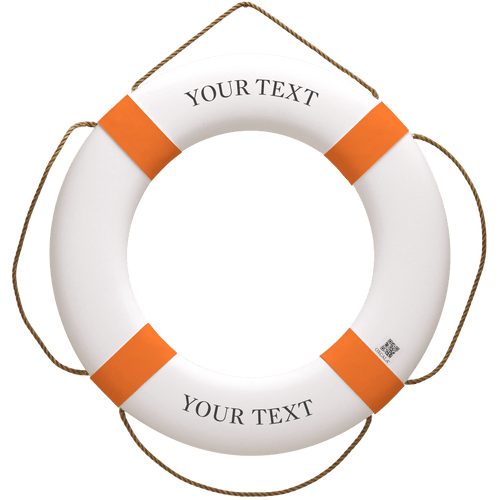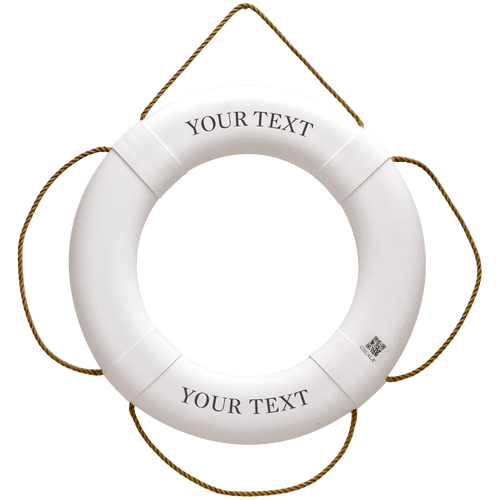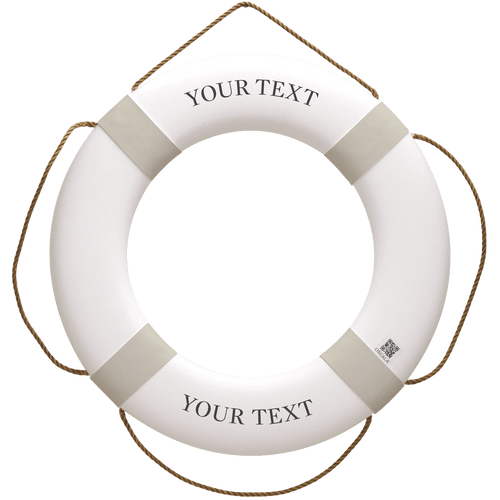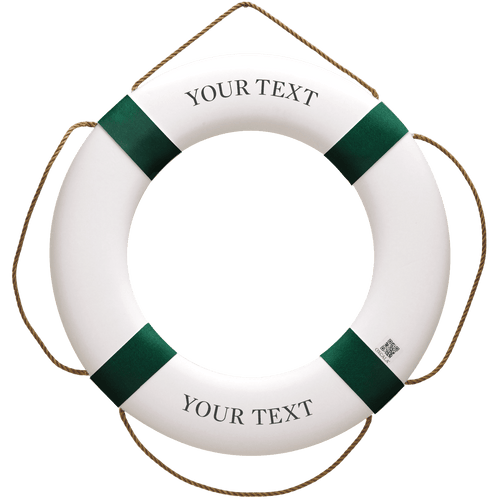Don't forget our accessories!
Buy for our throwing line, rescue line and our fine suspension products or why not a nice gift box.
Your cart is empty
Log In or Create Account
Forgot password
Please enter your email:Did you know that every year, hundreds of people around the world drown, many of which could have been prevented with the proper safety and life-saving equipment? That’s why it’s essential for everyone to have a lifebuoy. Just as you keep a fire extinguisher, wear a ski helmet, or use a life jacket, having the right maritime safety equipment is crucial for safety in water.
If you own a pool, dock, or bridge, you are responsible for ensuring pool safety in the area. A life ring or marine safety lifebuoy can be your first line of defense in case of an accident, offering immediate floating assistance in dangerous situations.
However, it’s important to remember that these safety devices don’t replace the need for constant supervision—your presence and attention are key. As a lifebuoy safety holder, you must ensure the life ring safety preservers and throw lines are intact and functional each year.
Regular checks are essential to guarantee their effectiveness for every new swimming season, helping you follow vital water safety tips while also decorating the pool area with safety in mind.


The Act on Protection against Accidents, LSO, (SFS 2003: 778), describes that owners or users for buildings or other facilities to a reasonable extent must keep equipment to save lives. What is a reasonable extent is described in SRVFS 2007: 5. The National Rescue Services Agency's general advice and comments on water rescue equipment at ports, quays, bathing places and similar water related plants. Read more about safety enhancing measures such as fences, nets, covers, slip protection, life saving equipment at The Social Protection Agency
Pools and similar facilities shall be equipped with the safety devices needed with regard to the plants location and nature (Ordinance Act (1993: 1617) Chapter 3, Section5). For fixed pools and ponds, with water deeper than two inches, protection against accidents is required (Boverket's building rules (2011: 6) - regulations and general advice, section 8: 951). Parents have supervisory responsibility for their children. The Parental Code (1949: 381) Chapter 6. § 2.


